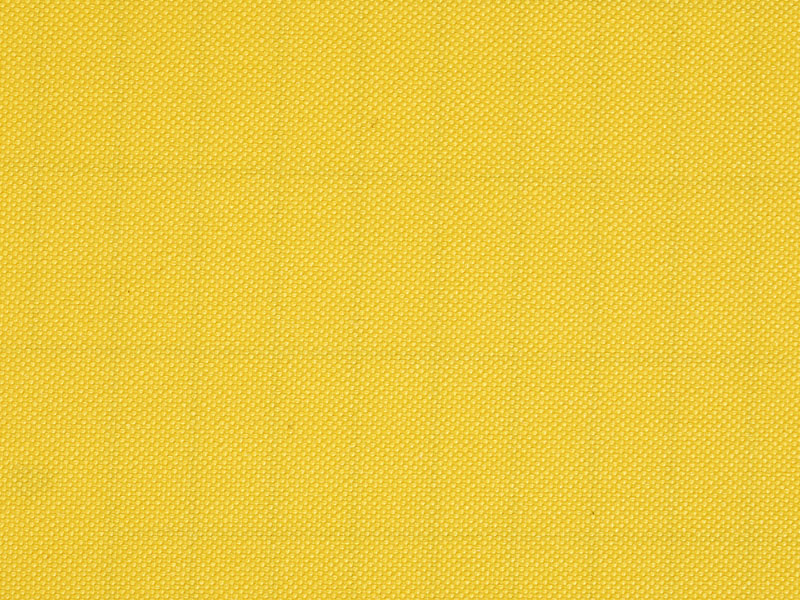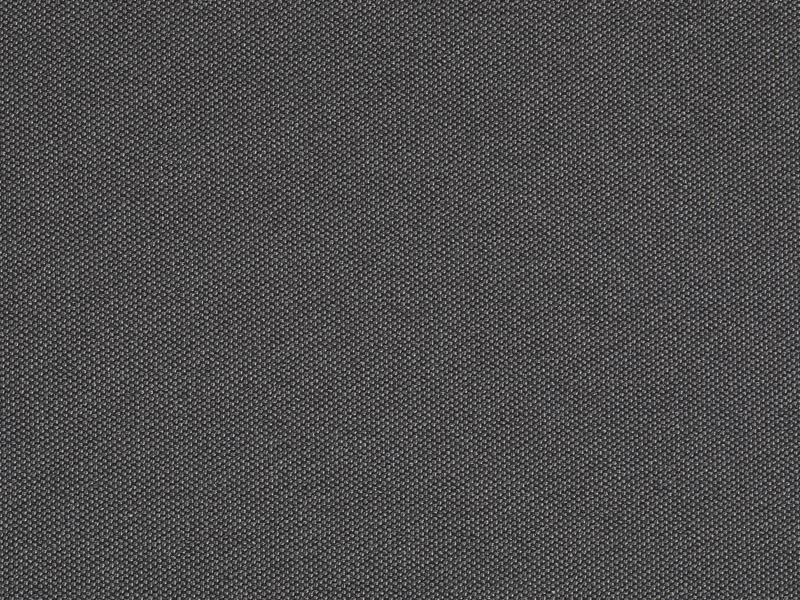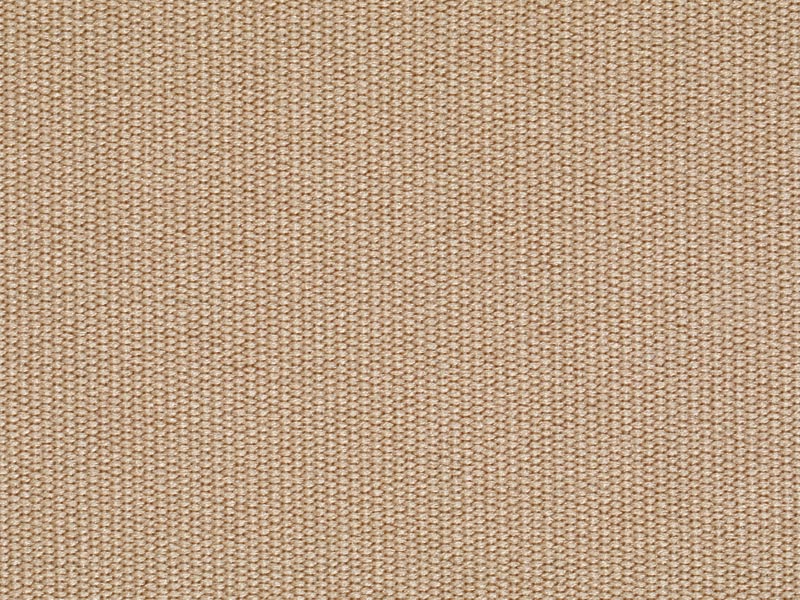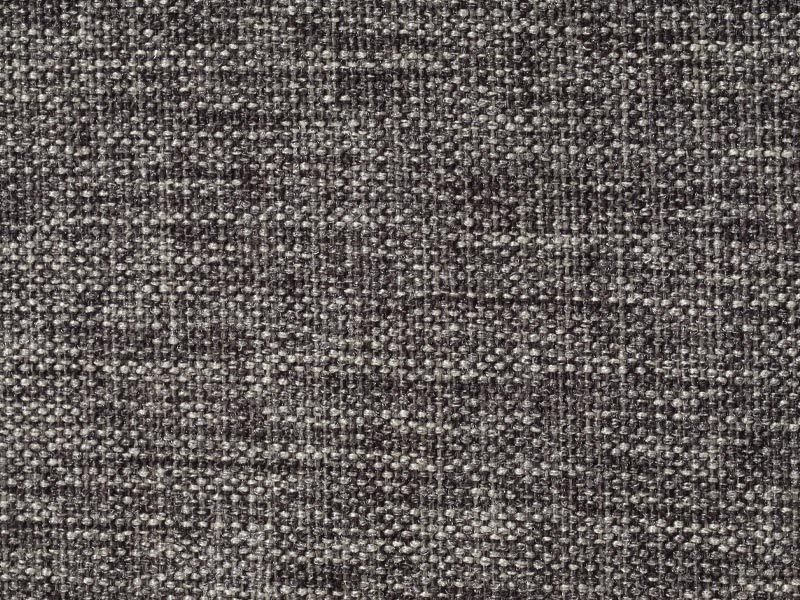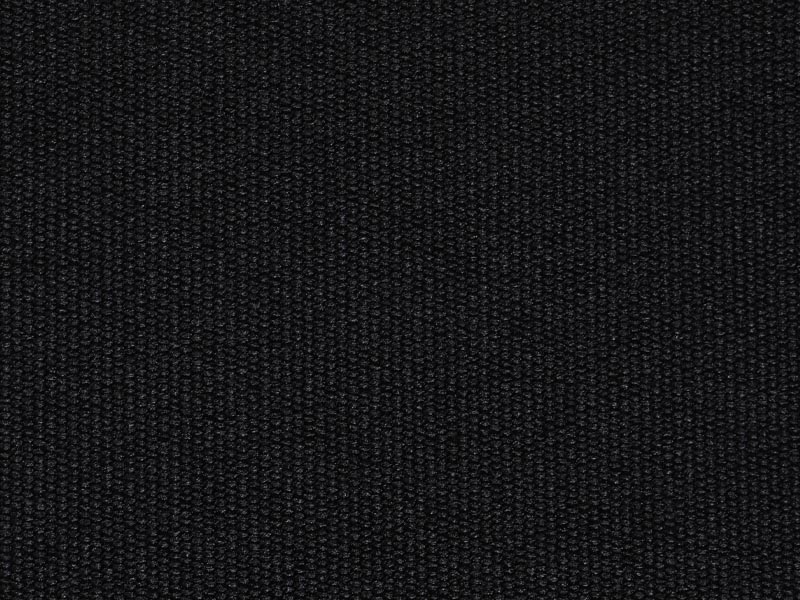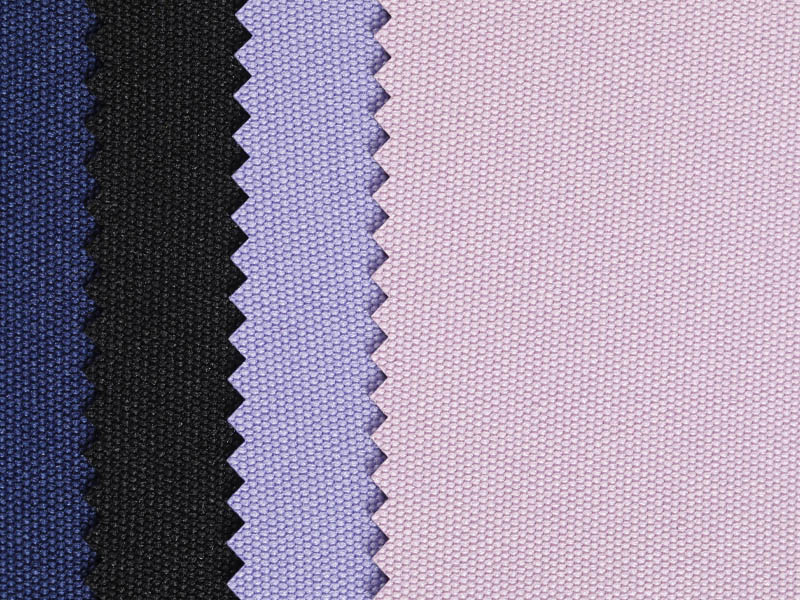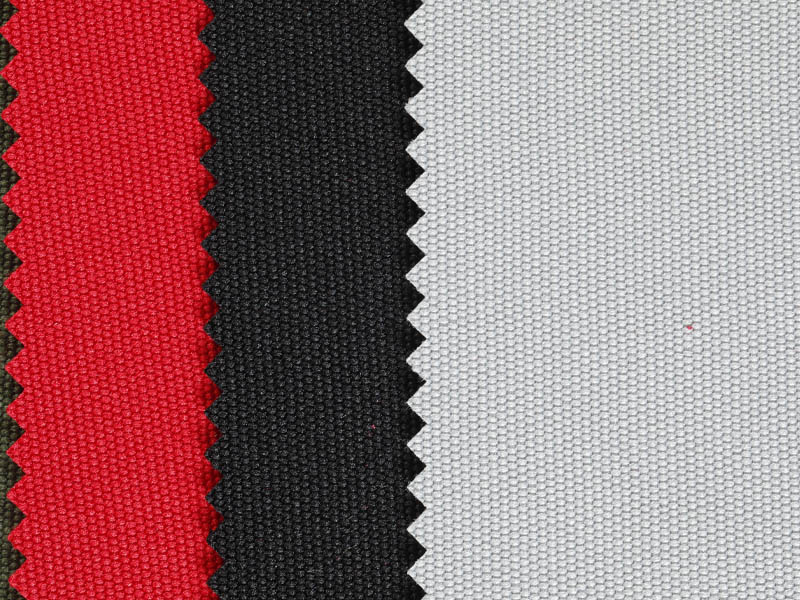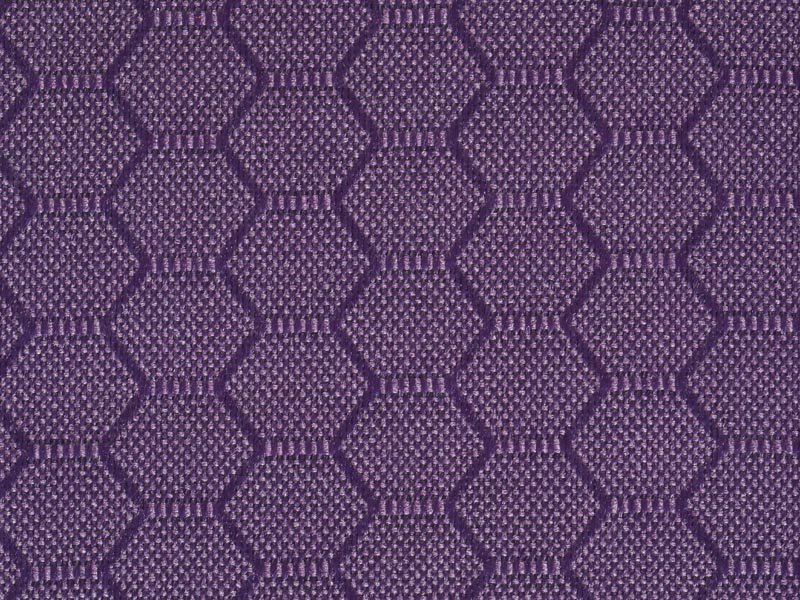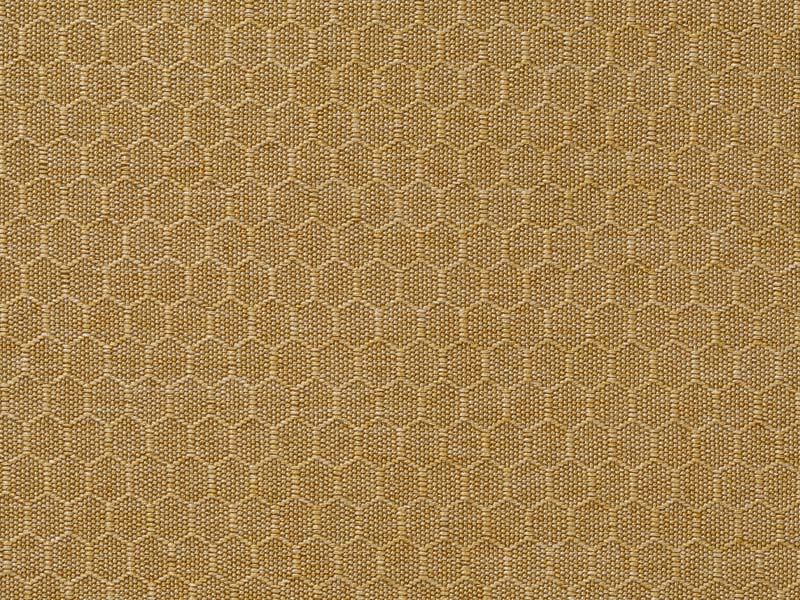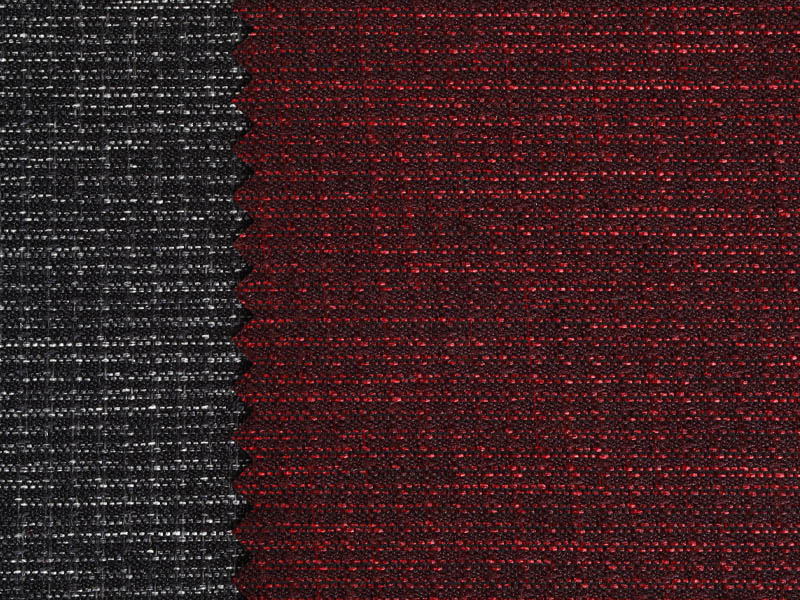Explore the versatile world of PU composite fabrics
Posted by Admin
In the realm of textile innovation, PU Composite Fabric stands out as a material that bridges the gap between practicality and visual appeal. This unique fabric, crafted through the combination of polyurethane (PU) and other materials, offers a plethora of benefits that make it a popular choice in various industries, from fashion to automotive.
The Diverse Appearance of PU Composite Fabric
One of the striking features of PU Composite Fabric is its versatility in appearance. This fabric can be engineered to mimic a wide array of textures and colors, providing designers with a canvas that is as diverse as their imaginations. The ability to print, emboss, and apply coatings to PU Composite Fabric opens up a world of possibilities, allowing for intricate designs that can elevate a product's aesthetic appeal. Whether it's a subtle pattern or a bold statement, PU Composite Fabric can be customized to fit any creative vision.
Crafting PU Composite Fabric for Visual Impact
The process of crafting PU Composite Fabric involves a delicate balance of technology and artistry. Manufacturers utilize advanced techniques to imbue the fabric with a range of textures and finishes that can transform a simple piece of clothing into a fashion statement or a car interior into a luxurious experience. The use of printing on PU Composite Fabric allows for the replication of intricate designs, while the process of embossing can add depth and a tactile quality that is often associated with high-end products. Additionally, the application of coatings can provide a protective layer that enhances the durability and longevity of the fabric, ensuring that the visual impact of PU Composite Fabric is maintained over time.
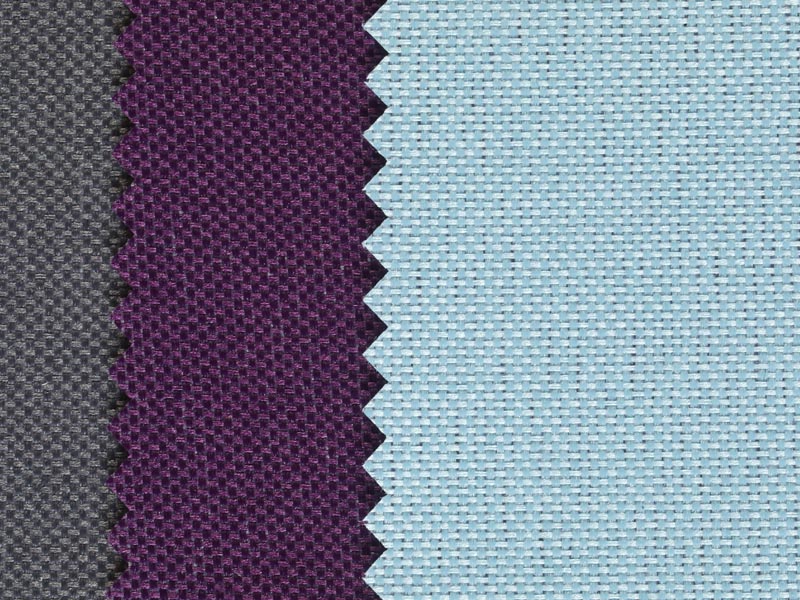
The Role of PU Composite Fabric in Sustainable Fashion
In today's world, where environmental consciousness is at an all-time high, the eco-friendliness of materials used in production is of paramount importance. PU Composite Fabric, particularly those made from water-based PU, stands out for its reduced use of organic solvents during manufacturing, making it a more environmentally friendly option. This adherence to sustainability aligns with global standards such as RoHS (Restriction of Hazardous Substances) and REACH (Registration, Evaluation, Authorization, and Restriction of Chemicals), which are designed to minimize the environmental and health risks associated with the use of hazardous substances in consumer products.
PU Composite Fabric: A Beacon of Innovation in the Textile Industry
The innovation in PU Composite Fabric is not just limited to its visual appeal and environmental credentials; it also offers functional benefits that are highly sought after in the textile industry. The fabric's durability, resistance to wear and tear, and ability to maintain its appearance over time make it an ideal choice for applications where performance and aesthetics are equally important.
As we look to the future, the demand for materials that offer both form and function is only set to increase. PU Composite Fabric, with its diverse range of textures, colors, and eco-friendly properties, is poised to play a significant role in meeting these demands. Its ability to be tailored to specific needs, whether in fashion, automotive, or other industries, makes it a versatile choice that is hard to ignore. The story of PU Composite Fabric is one of innovation, sustainability, and style, and its continued evolution will undoubtedly shape the way we perceive and interact with the world around us.
In conclusion, PU Composite Fabric is more than just a fabric; it is a symbol of the textile industry's ability to adapt and innovate in response to the changing needs of consumers and the environment. As we continue to explore new possibilities with PU Composite Fabric, we can expect to see even more exciting developments that will further enhance its role as a key player in the world of textiles.

 English
English Français
Français Español
Español عربى
عربى Tiếng Việt
Tiếng Việt